Spirit of the Valley
The valley spirit never dies
Call it the mystery, the woman.
The mystery, the Door of the Woman,
is the root of earth and heaven.
Forever this endures, forever.
And all its uses are easy.
Tao Te Ching: Chapter 6
translated by Ursula K. Le Guin
*
There are over thirty translations by various writers in English alone of these beautiful and elusive lines from the Tao Te Ching, all of them offering something different, like a slowly-turning crystal which constantly reflects the light from its many facets. But the light itself which the crystal reflects remains unchanged. The Tao is the light, and the way in which we perceive the Tao is the turning crystal.
Of all beliefs, Tao has been described as the most feminine. If it can be said to have a 'message', then that message urges us simply to let things flow, to offer no resistance. From resistance comes struggle and conflict, both in ourselves and in the world through which we move, because we ourselves project those inner feelings into our outer world. It is described as the Spirit of the Valley, because all things naturally flow to the valley. It is also described as a vessel that can never be emptied and never becomes over-full. No matter how much we drink from it, the vessel is inexhaustible. Greater than this: the more we sustain ourselves from it, the more it gives to us.
The Spirit of the Valley is a young woman, because a young woman's innocence and purity speaks to our own lost innocence, and reminds us that the pain and separation of a lost Eden is itself an illusion, because only in the outer world of forms is Eden ever lost. In the Valley there is nothing to heal, because nothing was ever damaged. In the Valley, all remains whole and unblemished.
But the Spirit is also the Great Mother, wise beyond words, and always ready to advise. We need only make ourselves receptive to her words. As the Tao describes, it is this door of the woman which is 'easy' to open because the more difficult we imagine it is to open, the more difficult we make it to access what in reality costs no effort. And it is the root of earth and of heaven because at the root lies the source of all things: the eternal and eternally-giving Spirit of the Valley.



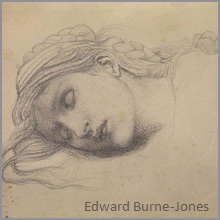

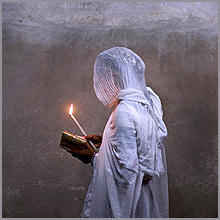
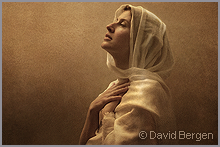
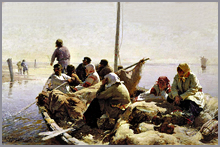
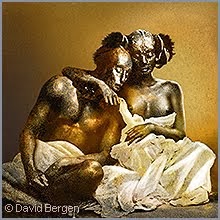


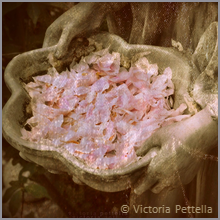
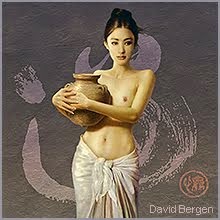
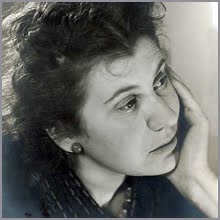
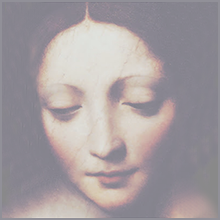
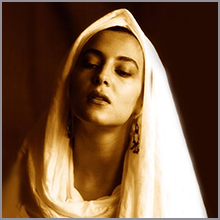
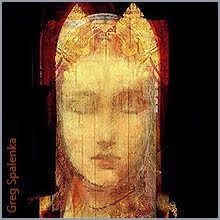
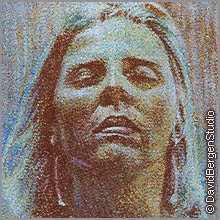











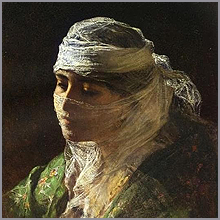
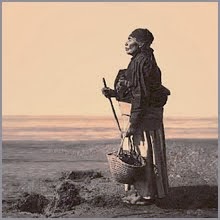

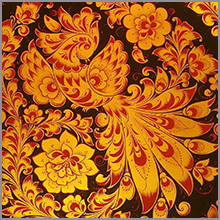

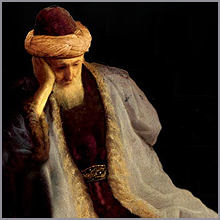
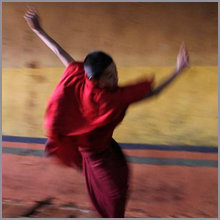




This is such a beautiful and deeply insightful commentary on the Tao and the mysterious words of in the Valley. Emma elucidates the wisdom within the lines of the Spirit of the Valley and by doing so also provides us with keys to a deeper understanding of many other parts of the Tao Te Ching.
ReplyDeleteThe Spirit of the Valley is referred to as feminine due to the quality of receptivity in allowing things to be in their most natural state. The true essence or nature of things, of our very being, is found, as Emma indicates, by letting go of what we hold, by not grasping and in so doing, what remains is the Tao.
Emma gives us a different facet of seeing the Tao Te Ching which is remarkably refreshing and in many ways gives readers a deeper appreciation of the essence of the Tao. I find her line very comforting: "In the Valley there is nothing to heal, because nothing was ever damaged. In the Valley, all remains whole and unblemished."
The painting by David is beautiful and alluring. It depicts a beautiful young woman carrying a vessel, a symbol of the feminine. Behind her appears to the calligraphy for "heart." It is through the heart, through being, that we discover our true essence. A very apt painting for Spirit of the Valley!
Thank you for your generous words, Joseph. This post had an interesting genesis. The painting on which David based his own painting here I found on the cover of a translation of the Tao Te Ching. When I showed it to David, he was moved to create his own version, and it - and the young woman it featured - somehow became transformed. I kept his painting beside me as I wrote my text, and it just seemed to write itself, as if the young woman (who embodies an aspect of the Tao) were dictating to me what she wished to say - and perhaps she was!
ReplyDeleteI love that verse in the Tao--and have different versions that translate it in different ways. All of them, though, talk about the power and mystery of the female spirit, and this painting conveys it so well. Thanks for sharing it.
ReplyDeleteThank you for your appreciative comment, David. Yes, there are many versions in translation of the Tao Te Ching. They all allow us to glimpse different aspects of the text, and as you say, all of them express what the original text conveys: the power and mystery of the feminine in all her guises, whether as young woman (as in David's painting) or as wise and giving mother.
ReplyDelete